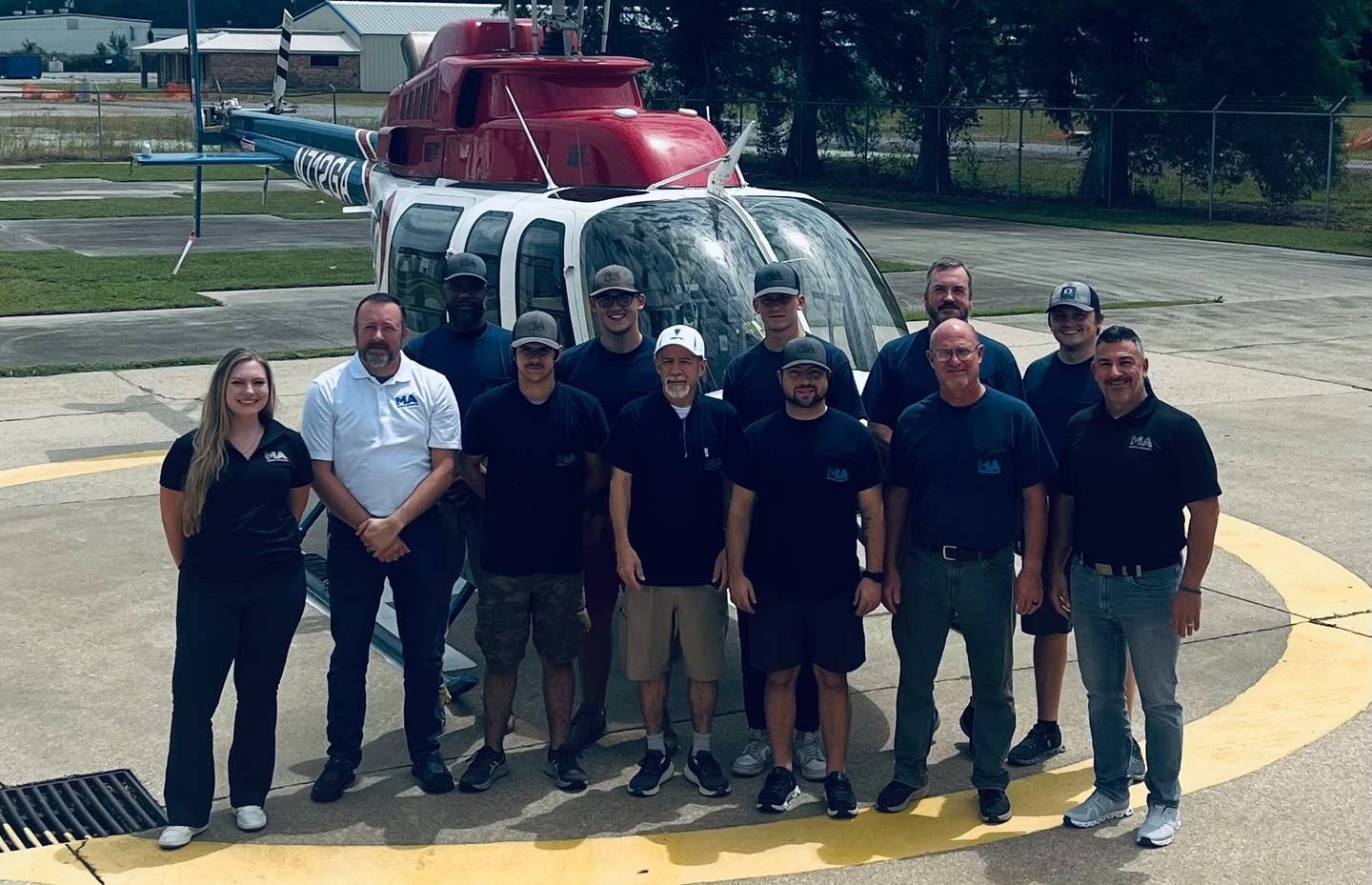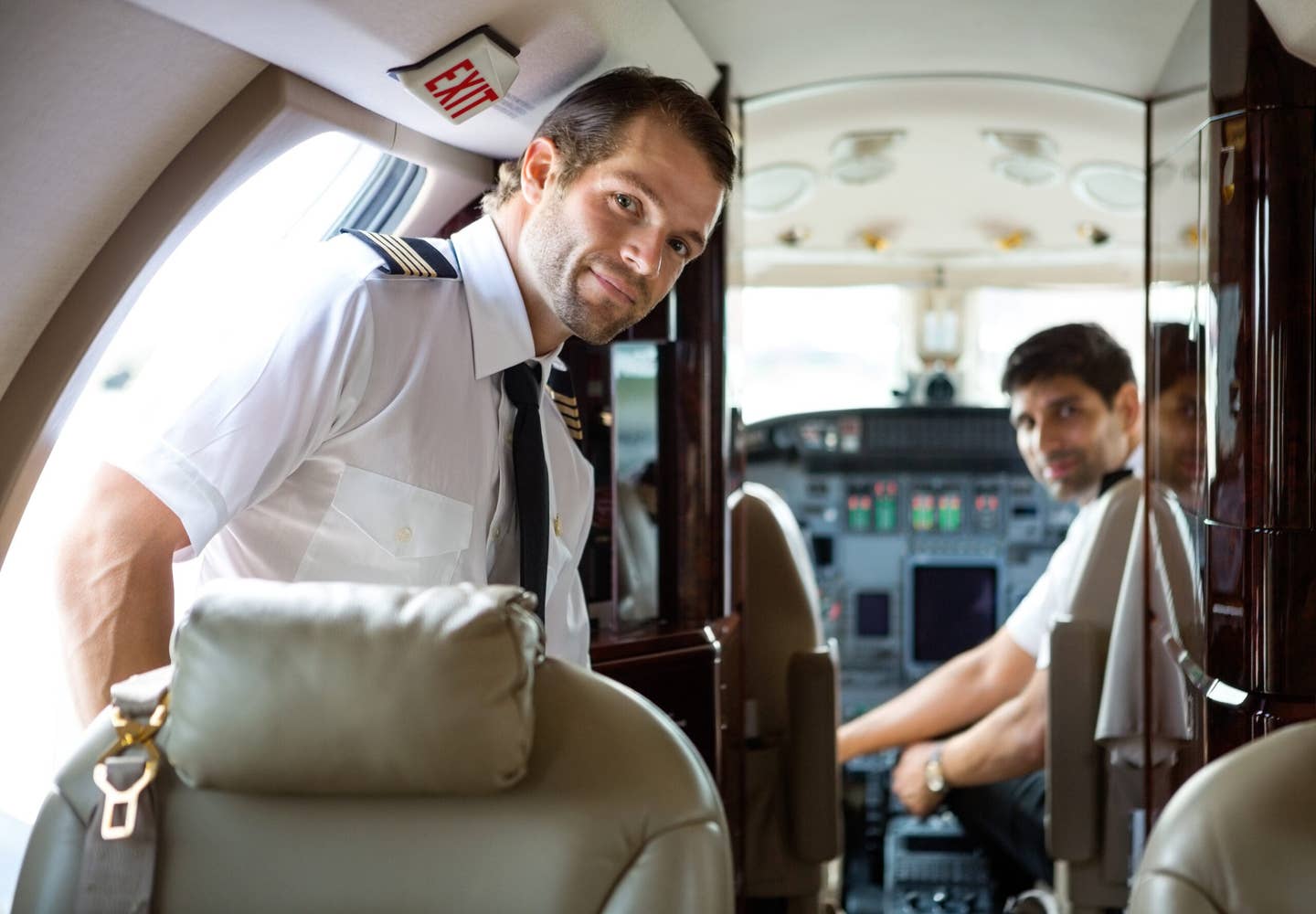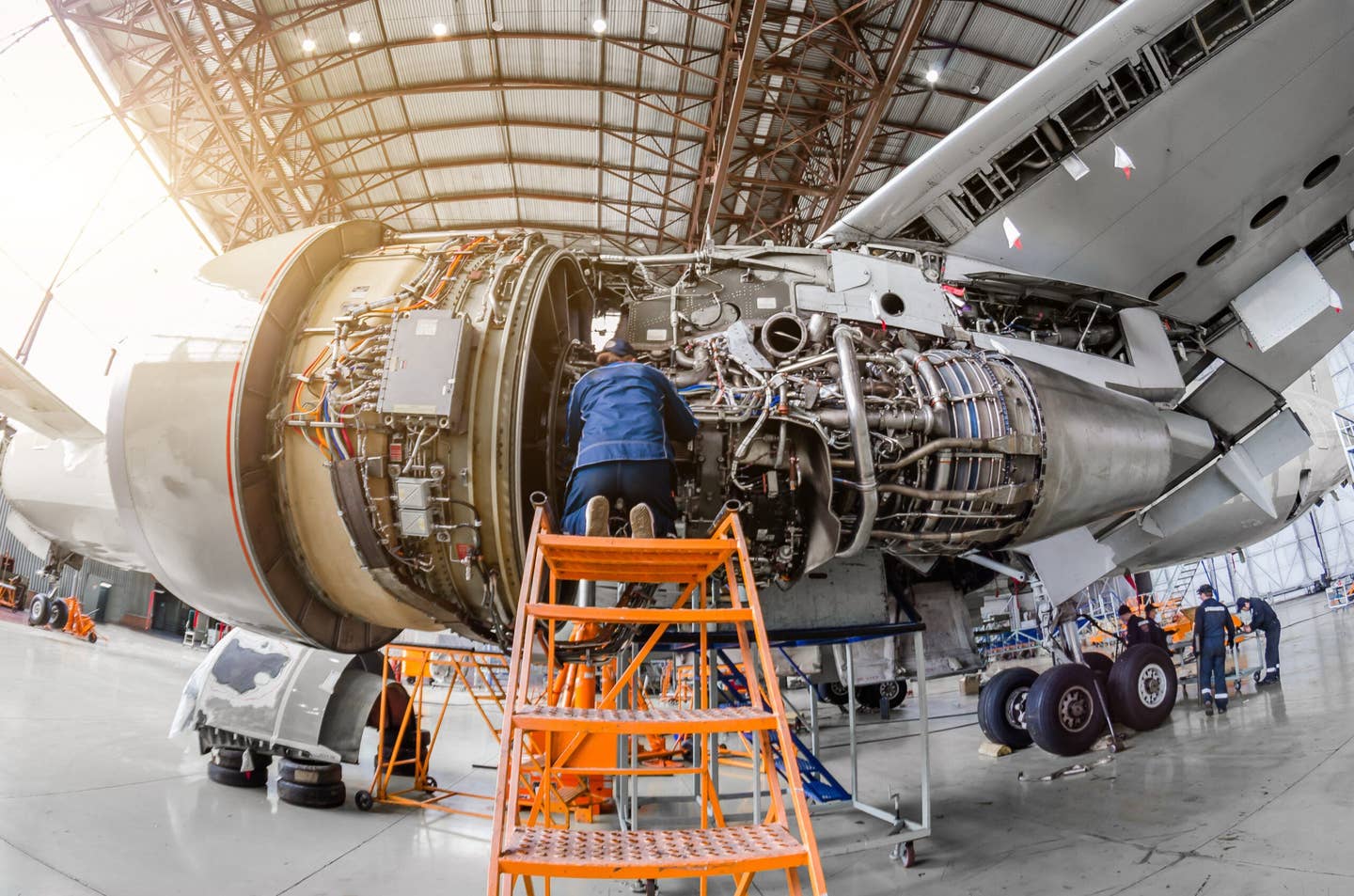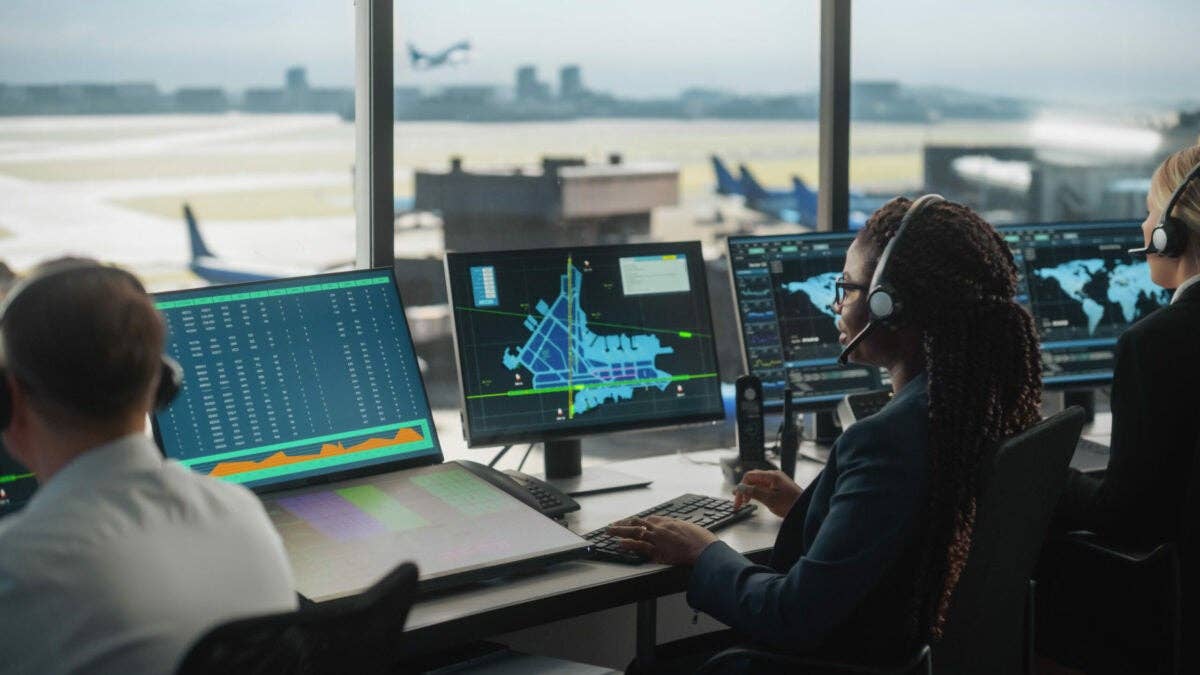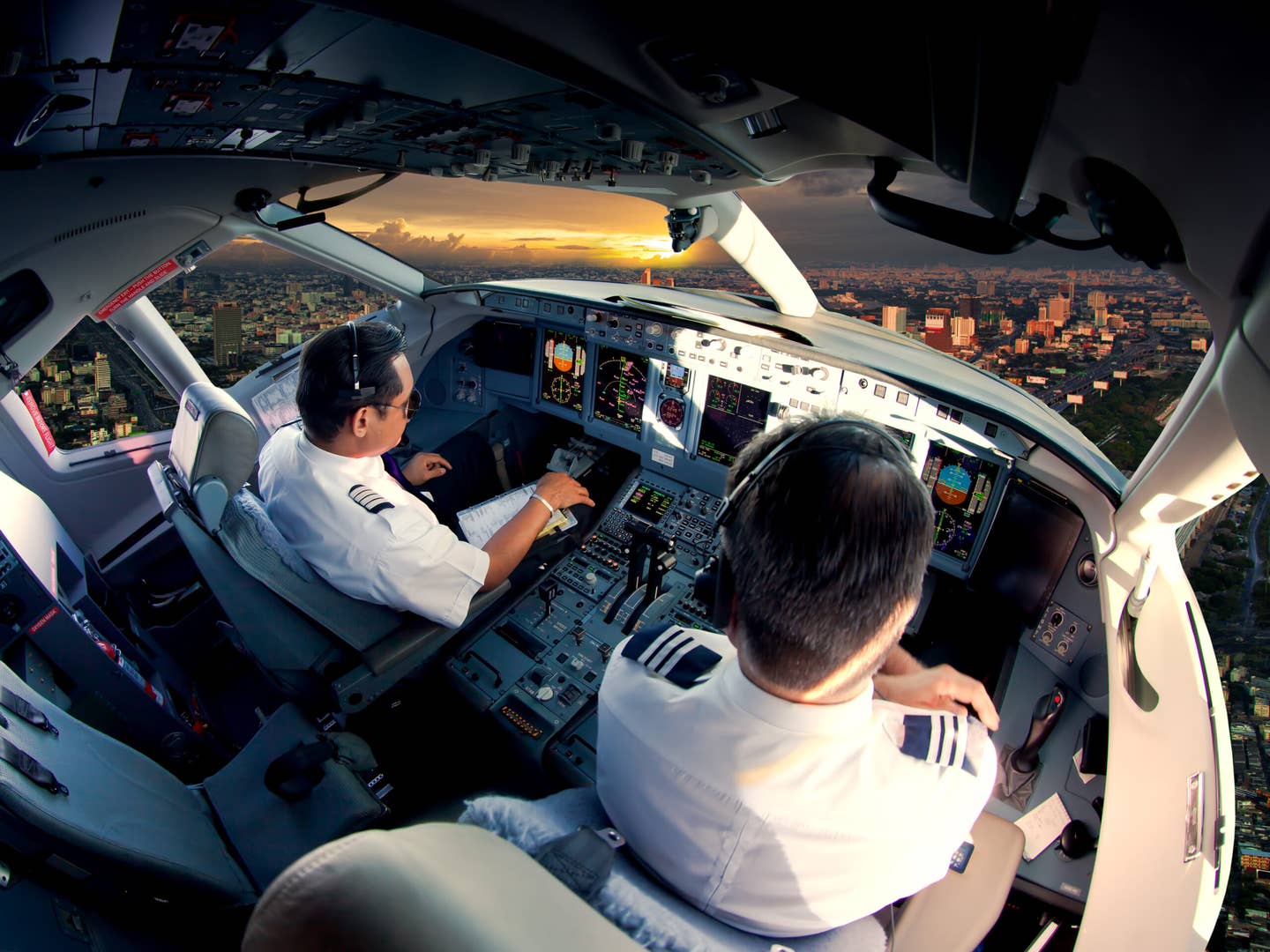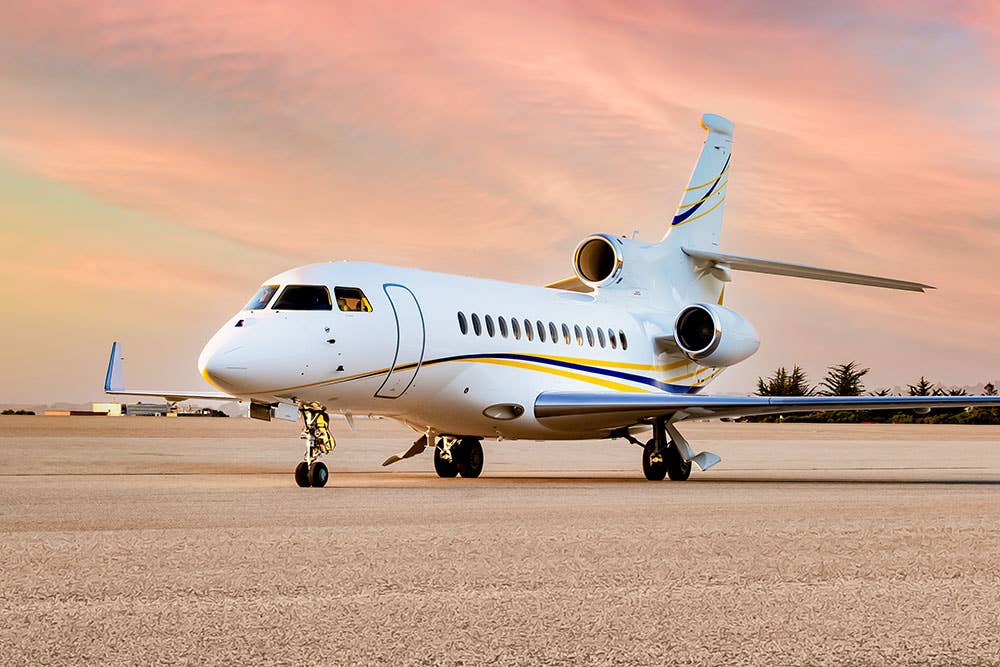
The Dassault Falcon Courtesy CAE
Are you searching for a career in aviation that better suits you and your family’s lifestyle? Do you enjoy teaching? How about working with sophisticated computers and some of the top pilots from all over the world? If these questions intrigue you, then you may want to know more about the rapidly expanding realm of the flight simulation instructor (FSI).
FlightSafety International, CAE Simuflite and SIMCOM, along with airlines and manufacturers that include The Boeing Company and Airbus, run flight simulators to train and recertify pilots worldwide. FSIs are the masters who keep these sophisticated full-motion machines running 24/7. In the simulators, pilots learn skills and practice for emergencies with exceptional realism. Traditionally, FSIs were retired pilots or those who could not be medically certified to fly, but the need has far outstripped those sources, and companies are actively recruiting for the position.
There is, however, one caveat: “If you don’t enjoy teaching, you probably won’t be happy,” says Kristina Tervo, an experienced FSI. Tervo started as a corporate pilot and flew 15 years in Europe, but found the lifestyle of being on call 24/7 for three months at a time miserable. She wanted some time to herself.
“I went back to university and earned my business degree, but I kept my flight certificates current in the flight sims at FlightSafety International, Paris. The FSIs there recruited me,” she says. “It was a wonderful job teaching in the Dassault Falcon 50 simulator,” she recalls. Her students were the best: military pilots, corporate pilots and a few elite private fliers.
A conversation during the International Women in Aviation conference in 2008 led to an interview and position teaching in London for CAE Simuflite on the complex, automated Dassault Falcon 7X, an exciting airplane. “I was commuting from southern France to London with little children at home. The position was wonderful, the airplane too, but the commute …” she remembers.
So she moved to Dubai and opened her own company, aiding flight departments with IS-BAO auditing and SMS training. With that, Tervo found her lifestyle balance. Then the airlines began to expand and hire pilots, and they came calling. She has just completed Boeing 777 type training with a large, international Middle Eastern-based airline. In a few months she’ll be teaching in its B-777 sims.
Her recommendation to anyone seeking the FSI position is to begin by teaching in aircraft as a certified flight instructor. Earn an ICAO multicrew license and an airline transport certificate (ATP). It is great if you’ve flown the aircraft you’ll be teaching, but it is not a requirement. However, you do need to appreciate shift work because the sims run 24/7.
Salaries for FSIs begin in the upper $50,000 range and top out above $100,000 per year. Airline and OEM manufacturer employees share the same benefits as other salaried workers, including travel privileges.
Since FSIs are type-rated in the aircraft they teach, they always reserve the potential to move back to the flight line and fly the real machines if they choose whenever a lifestyle change (such as a maturing family) deems it reasonable.
Want to know more? Start at your local flight school, to see if it has a Frasca or Redbird simulator you can try out. And check out www.flightsafety.com or www.cae.com/careers/ for worldwide flight simulation instructor positions.

Subscribe to Our Newsletter
Get the latest FLYING stories delivered directly to your inbox

